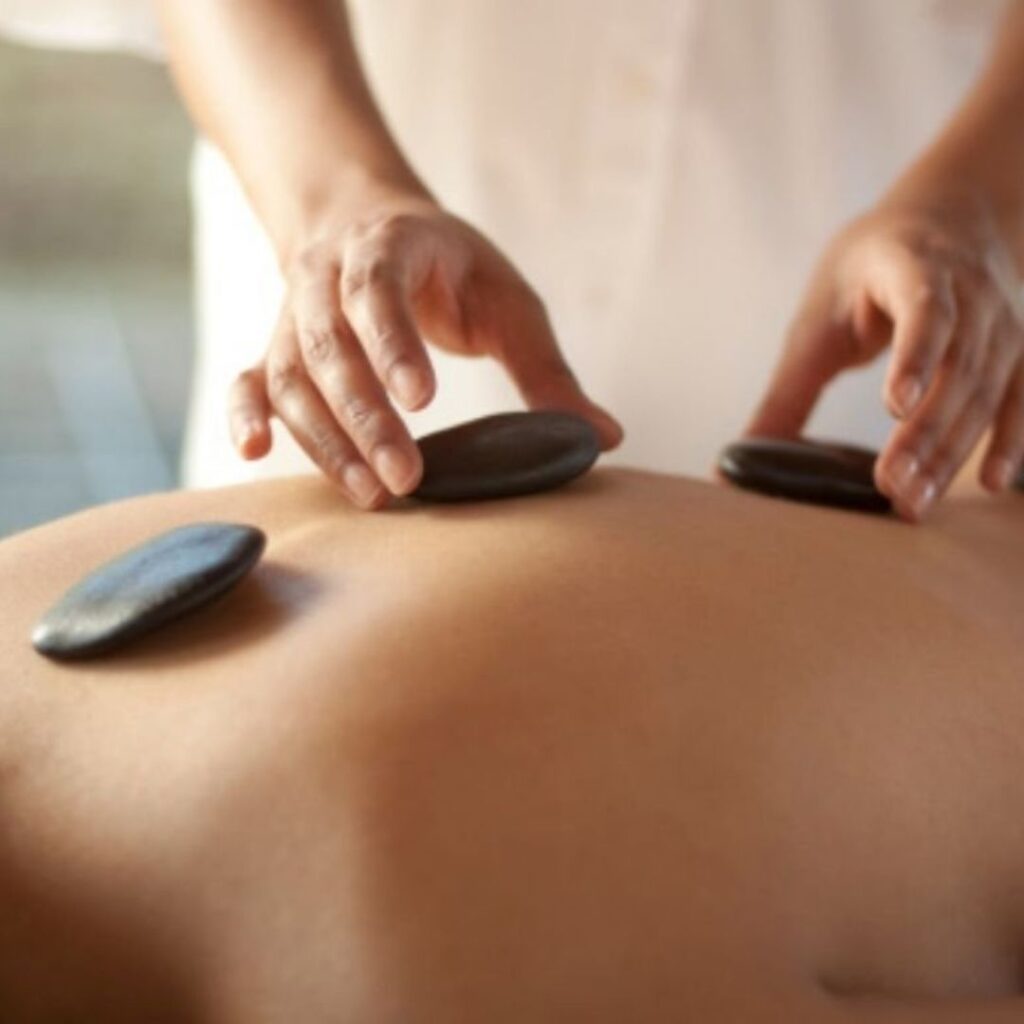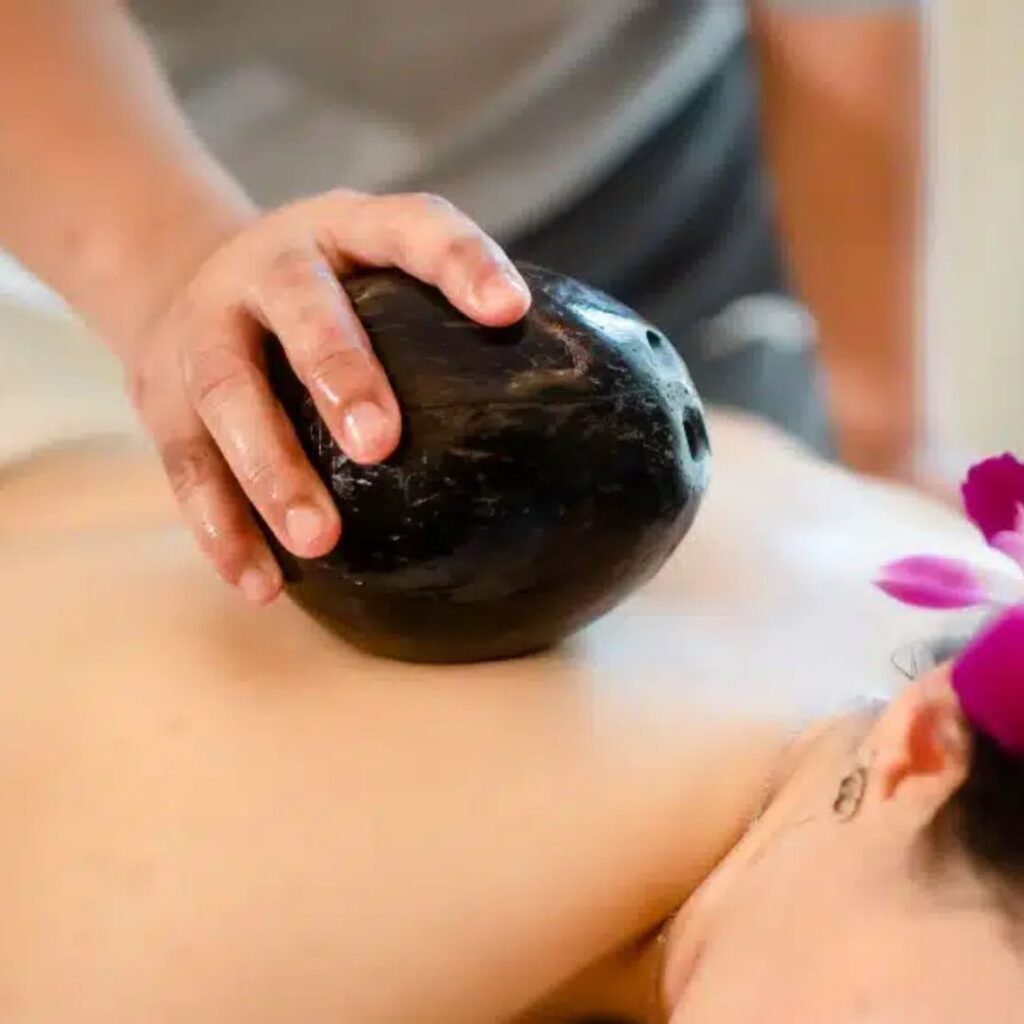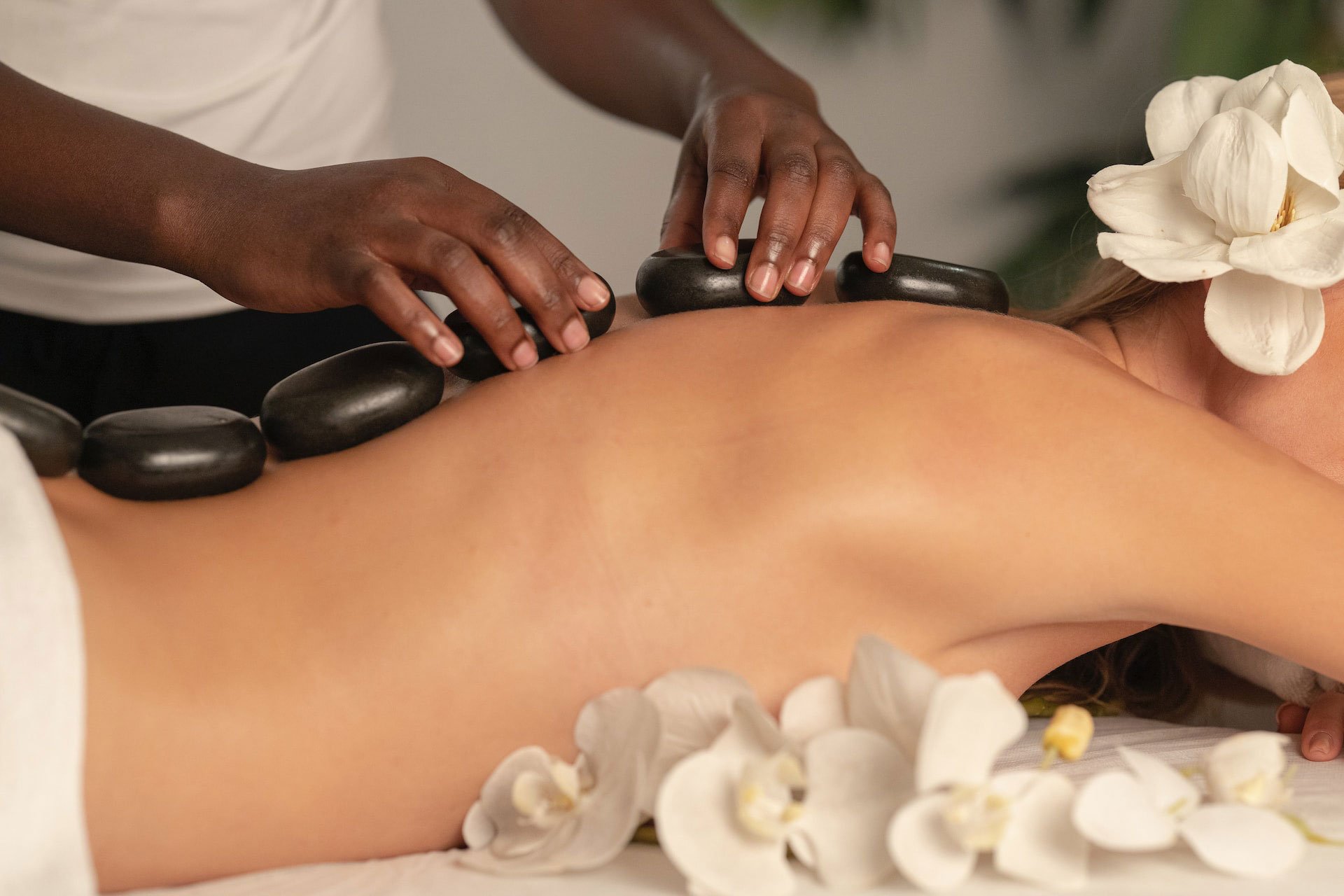Spa relaxation techniques are designed not only to provide physical relaxation but also to influence mental well-being through scientifically-backed mechanisms. These techniques tap into physiological responses in the body, leading to reduced stress levels, improved circulation, enhanced mood, and overall wellness. Understanding the science behind these techniques reveals why they are effective and increasingly embraced as therapeutic interventions.
1. Massage Therapy and the Parasympathetic Nervous System
One of the foundational techniques in spas, especially in traditional Thai and Swedish massages, involves the manipulation of muscles and soft tissues to relieve tension. When muscles are worked on, the body experiences an increase in blood flow, which helps in reducing soreness, inflammation, and pain. Massage also promotes the release of oxytocin and endorphins—chemicals associated with pleasure and pain relief—while reducing the level of cortisol, a primary stress hormone. This helps shift the body from a sympathetic (fight-or-flight) to a parasympathetic (rest-and-digest) state, leading to a profound sense of relaxation and rejuvenation.

2. Aromatherapy and Limbic System Activation
Aromatherapy, which involves the use of essential oils like lavender, eucalyptus, and chamomile, is scientifically proven to affect brain chemistry through the olfactory system. Scents are detected by receptors in the nose, which send signals to the limbic system, the part of the brain responsible for emotions, memories, and arousal. Essential oils like lavender have been shown to decrease heart rate and blood pressure, reduce anxiety, and induce a calming effect. Research also suggests that these oils can enhance sleep quality by promoting a sense of tranquility. This is why many spas incorporate aromatherapy into massages or other treatments to intensify the relaxation experience.
3. Hydrotherapy and Thermal Benefits
Hydrotherapy, which includes hot tubs, saunas, and steam rooms, utilizes water at different temperatures to enhance physical and mental relaxation. Heat improves blood circulation, loosens tight muscles, and allows for detoxification by encouraging sweating. Conversely, cold water immersion can reduce inflammation and soreness in muscles. The alternation of hot and cold therapy in spa treatments can also stimulate the autonomic nervous system, which helps balance bodily functions. This temperature contrast therapy is beneficial not only for physical health but also for mental relaxation, as it promotes endorphin release.
4. Mindfulness and Meditation for Stress Relief
Incorporating mindfulness and meditation into spa treatments addresses mental well-being directly. Techniques such as guided breathing, visualization, and mindfulness exercises engage the brain’s prefrontal cortex, helping reduce overactive thought patterns commonly associated with anxiety and stress. Mindfulness slows down the heart rate, reduces blood pressure, and brings a focused sense of calm to the individual. Spa environments often utilize soft music, low lighting, and serene spaces to support this meditative state.

5. Sound Therapy and Brainwave Modulation
Sound therapy, often used in spas through music or specific sound frequencies, influences brainwave patterns. Sound waves can help the brain transition from beta waves, associated with alertness, to alpha or theta waves, which are linked to relaxation and meditation. Studies show that sound therapy can reduce stress, improve sleep, and even enhance cognitive functions. The use of specific frequencies, such as binaural beats, can also align brainwaves in a way that induces deeper relaxation and mental clarity.
Conclusion
Spa relaxation techniques are rooted in science, with each method targeting specific physiological and psychological pathways to encourage relaxation. From triggering the body’s relaxation response through massage to affecting brain chemistry through aromatherapy, these practices are more than just luxurious experiences. They have measurable impacts on stress reduction, emotional regulation, and overall health, making them essential for holistic wellness.
Meta Description:
Discover the science behind spa relaxation techniques, including massage, aromatherapy, and hydrotherapy. Learn how these methods promote stress relief, enhance mood, and support overall wellness.

